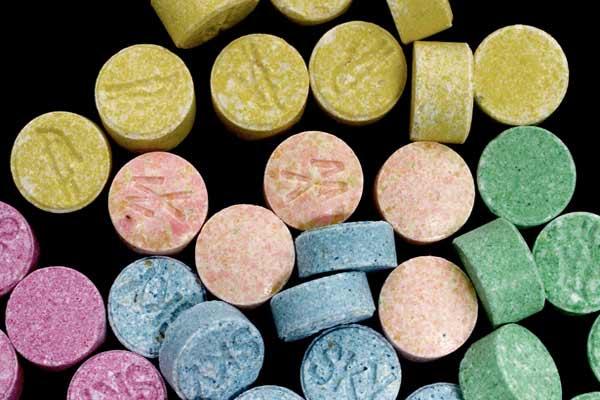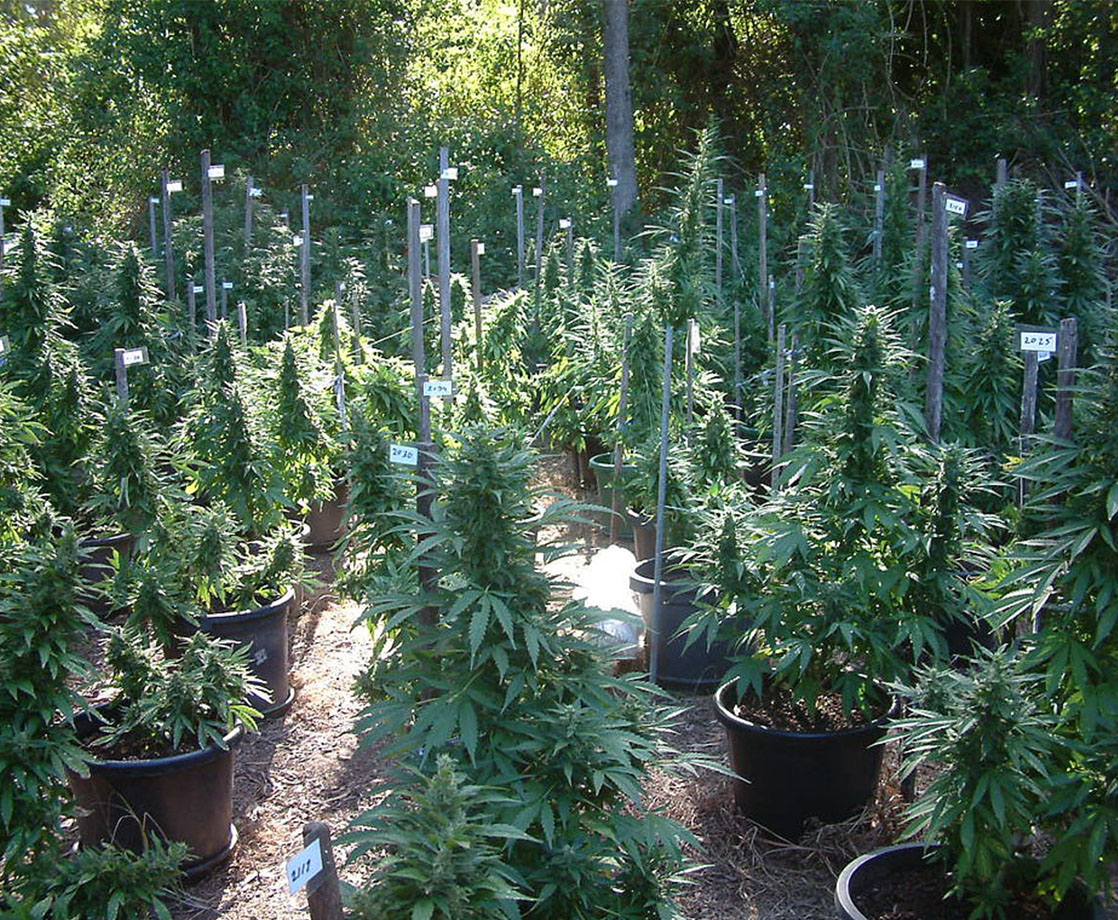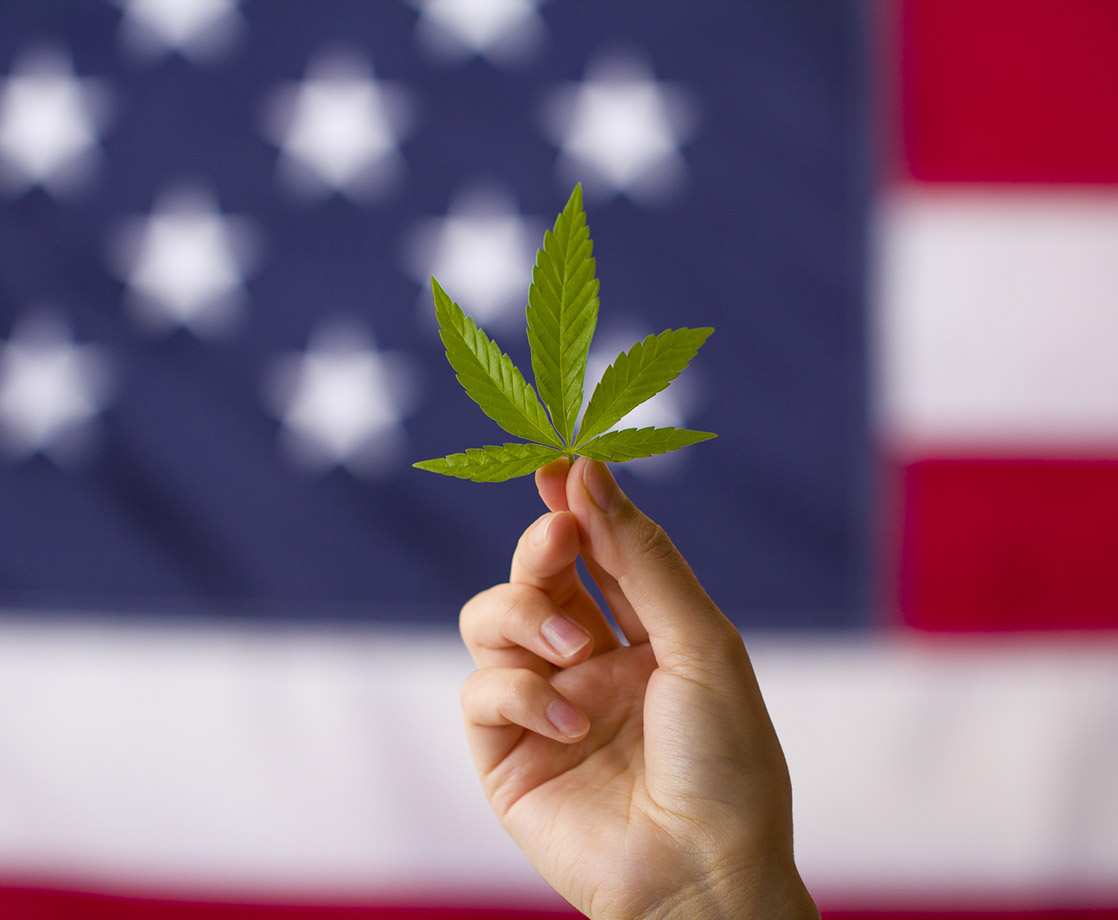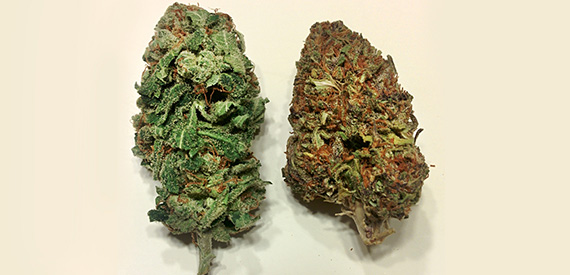Image via
US Drug Enforcement Agency (DEA) officials are planning to vastly increase the production of legal weed, MDMA, and other Schedule I drugs in 2022 to support the vastly expanding field of medicinal psychedelics and cannabis research.
In a new notice published in the Federal Register, DEA officials acknowledge that there has been a “significant increase in the use of schedule I hallucinogenic controlled substances for research and clinical trial purposes” in the past several years, Marijuana Moment reports. But after decades of blocking research into the therapeutic use of psychedelics and cannabis, the feds are finally opening their minds to this promising new field of medicine.
These new plans come only one month after the DEA authorized a massive increase in the production of legal cannabis and psilocybin for the end of 2021. In early September, the agency revised its annual production quota for legal cannabis production up to 2 million grams (about 4,400 pounds), up from 1.5 million grams. At the same time, the agency also authorized a 2,900 percent increase in legal psilocybin production, increasing the quota from 50 grams to 1,500 grams.
Next year, the DEA plans to expand the production of legal weed and psychedelics even further. To support several promising new research studies investigating the therapeutic use of magic mushrooms, the agency is doubling its quota for psilocybin production to 3,000 grams. The new notice also proposes a 1,150 percent increase in LSD production, from 40 grams in 2021 up to 500 next year, and recommends quadrupling the quotas for DMT and mescaline as well.
In addition to these vast expansions, the DEA plans to increase legal MDMA production from 50 grams to 3,200 grams, a shocking boost of 6,300 percent. The agency will make most of this legal ecstasy available to researchers conducting federally-approved clinical trials focused on finding new treatments for PTSD. Early trials have shown so much promise that the FDA has granted MDMA its coveted “Breakthrough Therapy” status, allowing researchers to fast-track Phase III clinical trials. If these trials are as successful as the early stages, MDMA-assisted therapy could be federally legal by 2023.
The DEA also plans to authorize the production of 3.2 million grams of research-quality cannabis next year, a 60 percent increase over this year’s revised quota. The agency has been increasing its production of research weed steadily over the past several years, but to date, has only authorized one institution to cultivate legal pot. Unfortunately, this legal government grass has an extremely low THC content, and is generally of such low quality that it has compromised the results of several important research studies.
After years of lawsuits by researchers and angry letters from Congress, the DEA is finally moving forward with its long-delayed plans to allow other institutions to grow research weed. This past May, the agency announced that it was evaluating applications from new growers, and in the current notice, states that it is “diligently” working to process and approve these applications.
The DEA has opened a 30-day period of public comment on these proposed quota increases, and after reviewing the commentary, officials will decide whether to revise the totals or move ahead with the suggested increase. If approved, these massive quota increases will fuel a new wave of research into these (currently) illegal drugs. And if these studies are a success, the FDA will likely legalize the therapeutic use of psychedelics- or cannabis-based medicines, which will in turn force the DEA to remove them from the restrictive Schedule I category.











